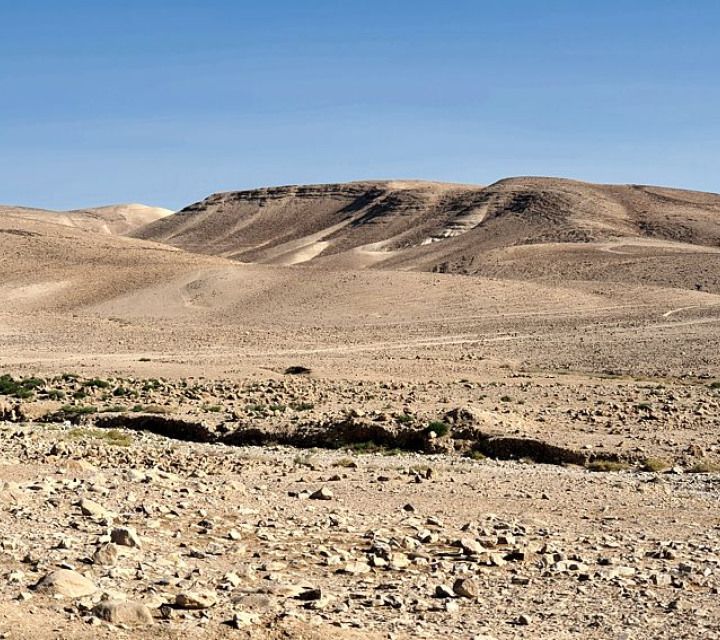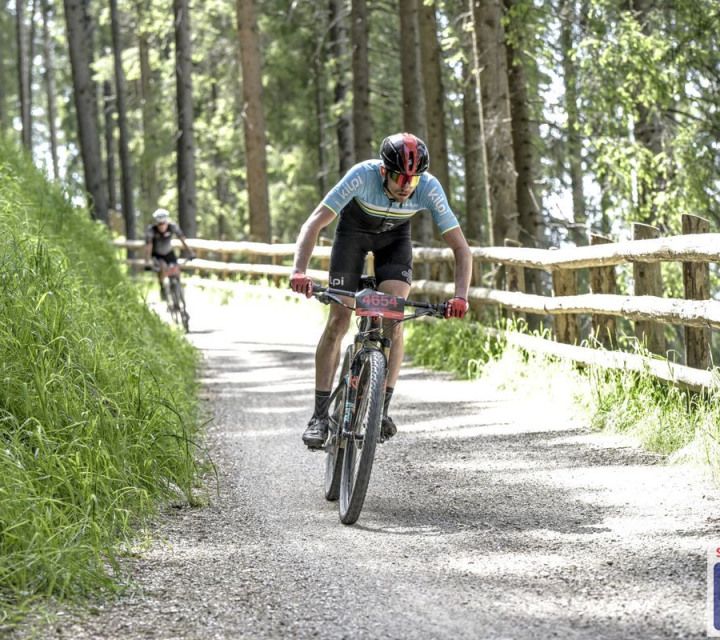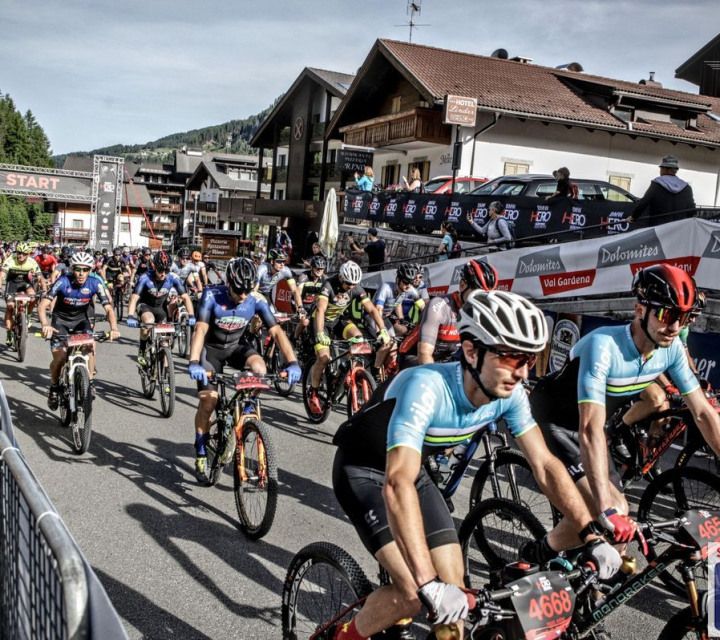Layering sportswear - How to layer sportswear correctly?
The last thing you want to deal with when the front door clicks behind you and you find yourself outside, ready to enjoy your favourite sporting activity to the fullest, is discomfort and inconvenience. And because we can't fool our body's sophisticated systems - energy production in the form of heat and cooling in the form of sweat - the key to feeling comfortable is dressing correctly. The alpha and omega is the layering of sportswear. How to catch on quickly? Fortunately, a few of the same principles apply to all sports. Let's break them down, as well as give some examples.
Sensory temperature is individual
Are you a warm-blooded individual, or are you cold-blooded and it only takes a minute for your feet or hands to get cold? Either way, everybody needs to maintain an optimal temperature to function properly - they must not overheat or get too cold. Thus, the clothing layering strategy may vary, but the result should be the same. A well-assembled wardrobe allows you to play sport all year round under your conditions. They just have to meet the balance between effective body temperature, important for performance, and external conditions – weather.
The importance of the base layer – functional underwear
Whatever your sporting ambitions, the best way to feel comfortable is to choose the most optimal functional layer and never compromise on it. It's a good idea to have several types on hand, with short and long sleeves and different weights, so you can better respond to the actual weather and the intensity of your workout. And why is functional underwear so important? No other layer of clothing so perfectly wicks sweat away from the body. Dryness is of course a good prerequisite for comfort, but the "transport" layer must also dry quickly and breathe well, depending on the material. Synthetic fibres are better used during demanding aerobic exercise - running, cycling and merino wool is recommended when the movement intensity is not so high. Functional merino wool underwear dries slightly slower than synthetic, but some may see a benefit in that it doesn't "stink" as quickly. For the base layer to function properly, it must sit well on the body. It's best when you don't even know you're wearing it.
The Functional Layer
- light T-shirts for running, hiking or cycling – NETTY-U, DIMARO-M/W, COOLER-M/W, COOLERKA-W
- warmer functional clothing – WILKE-M, MASVORA TOP-W, LEAPE-M
- functional underwear – MASVORA BOTTOM-M/W
The second layer of clothing – is it really necessary?
In the vast majority of cases, the answer is YES, for the reason that it is always better to layer more than less. A good example of this can be found in cycling. Even with the summer sun blazing high in the sky, a large number of cyclists ride with two layers. For better thermoregulation, you can wear a thin mesh tank top or a thin functional T-shirt underneath your jersey to ensure better wicking of sweat away from your body and into your jersey. When it gets colder, the second layer should purely serve as insulation. So, take this example in the warmer months as an example of how to work with layers. This is even more evident in the case of insulation properties. Like running in the cold. Rather than necessarily putting on a high-weight thermal shirt and nothing else, try your favourite functional shirt for summer and a sporty, running sweatshirt. Not only will you be moving your own sweat further away from your body, but you'll ensure the ideal balance of heat retention and breathability. In addition, sport sweatshirts often combine materials, keep you warm where they should and breathe in the right places. Neither the materials used nor the concept can be compared to a regular lifestyle sweatshirt. A complete exception is cycling. For cold weather, insulated jerseys are perfectly adapted for variable conditions, the ARMY, UNNO ARMS, UNNO KNEES or UNNO LEGS covers excel too.
Second layer for cycling
- summer cycling – BRIAN-M, VENETO-M, CORRIDOR-W, SELVA-M, WILD-W and others
- cycling jerseys for spring and autumn – ZAIN-M/W, ZESTER-M/W, ORLANDI-M/W
Second layer for running and hiking
- hiking and running sweatshirts – HADSON-U, TARA-W, GARES-M
Top protective layer - not only for weather extremes
The top layer, commonly referred to as the third layer, consists of jackets, windbreakers, raincoats and pants that are windproof, waterproof and breathable. In summary, these are softshell products, versatile partners with whom you will get along perfectly in many weather conditions, without limiting your sports performance in any way. At Kilpi, we mainly use Siberium "softshell" materials, which perfectly embody the above-mentioned combination of properties. Cold weather clothing can have insulating properties, but remember - everything in moderation, because interdependence applies here. The third layer, which insulates perfectly, is likely to fall short in terms of breathability. This is crucial in sport because you need to remove excess heat generated by movement as well as sweat from the lower layers to allow it to dissipate. You don't want to ruin their functionality.
So how to choose? You can choose between membrane and non-membrane softshell. The membrane is especially suitable for the mountains and when it gets very cold. Its breathability is worse, which is noticeable under heavy loads, but it protects against the wind and rain very well. Non-membrane clothing may or may not have a lining, but in general it is suitable for most of the year, is more versatile, breathes well and does not let the wind in, only persistent rain is a problem. The membrane often allows the middle layer to be omitted, a version without a membrane allows for better layering.
Softshell jackets, waterproof jackets and wind-jackets
- for running – HURRICANE-M/W, BALANS-M/W
- for the bike - RAINAR-M/W
- for hiking – RAVIO-M, RAVIA-W, ROSA-M/W, ORLETI-M/W
Thick jackets for extreme temperatures could be a fourth layer, but let's leave that aside, because it is not of much use in regular sports. Instead, remember the golden rule that more layers are always better.

 277 279 914
(Mo–Fr: 9:00–15:00)
277 279 914
(Mo–Fr: 9:00–15:00)











